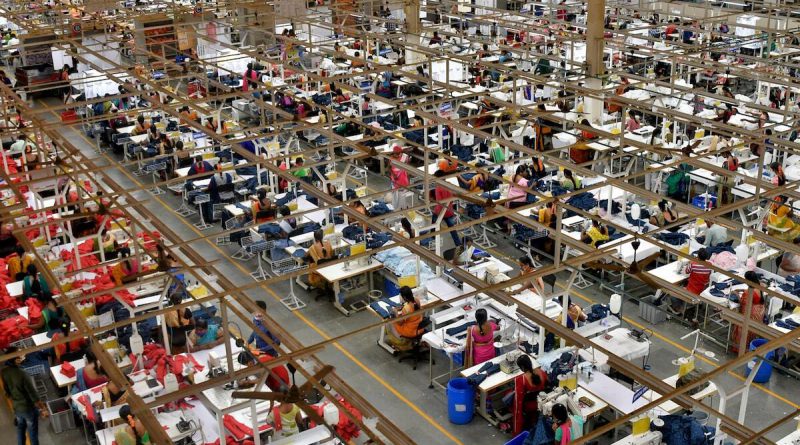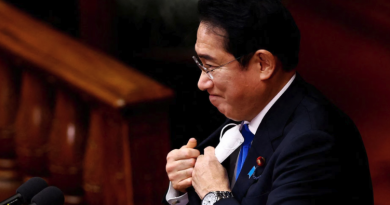Indian Textile Industry Eyes Growth in Europe Amid Global Trade Shifts
Andhra Pradesh – India’s textile industry is demonstrating remarkable resilience and adaptability in the face of shifting global trade dynamics, as exporters strategically diversify their markets and strengthen partnerships with Europe.
Despite challenges arising from recent U.S. tariff increases, Indian textile manufacturers are turning the situation into an opportunity to explore new markets, improve product quality, and enhance sustainability practices that align with global standards.
In August, the United States raised tariffs on a wide range of Indian imports, including garments, jewelry, and seafood, with rates as high as 50 percent.
While this created temporary hurdles for exporters, the industry has responded proactively by focusing on diversification and innovation rather than retrenchment. Many textile exporters are now directing their efforts toward the European Union, one of India’s most promising markets for sustainable and ethically produced textiles.
According to a Mumbai-based garment exporter, diversification into the EU market has become a strategic priority. The exporter emphasized that ongoing trade negotiations between India and the European Union could pave the way for a free trade agreement, potentially unlocking vast new opportunities for Indian businesses.
Such a deal, expected to be finalized by the end of this year, would make Indian products more competitive across European markets and strengthen India’s position as a global textile hub.
The EU remains India’s largest trading partner for goods, with bilateral trade reaching $137.5 billion in the fiscal year ending March 2024—an impressive 90 percent increase over the past decade. Industry leaders believe this growth trajectory can accelerate further as Indian exporters align their production processes with Europe’s stringent standards for chemical usage, labeling, and ethical sourcing.
Rahul Mehta, chief mentor of the Clothing Manufacturers Association of India, said that exporters are investing heavily in upgrading production facilities and adopting more sustainable methods. This includes transitioning to eco-friendly dyes, improving labor practices, and integrating advanced technologies to reduce waste.
“Indian textile manufacturers have always been known for quality and craftsmanship,” Mehta said. “Now, we are also proving our commitment to global sustainability and ethical responsibility, which will strengthen our foothold in Europe.”
The move toward Europe is not just about market expansion but also about long-term stability. By reducing dependence on the U.S. market, which accounted for nearly 29 percent of India’s $38 billion textile and apparel exports in 2025, exporters aim to create a more balanced global presence.
Companies are also leveraging digital platforms and trade exhibitions in Europe to connect with new buyers and showcase India’s evolving design sensibilities that blend tradition with innovation.
Industry veteran Vijay Kumar Agarwal, chairman of the Mumbai-based Creative Group, noted that despite short-term challenges, exporters are optimistic.
“We are using this as a turning point to innovate, diversify, and reach new markets,” he said. “India’s textile story has always been about resilience and reinvention, and this moment reaffirms that.”
Many companies are also exploring opportunities in the Middle East and Africa, regions with growing consumer demand for affordable, high-quality apparel.
Furthermore, some firms are considering joint ventures with foreign brands to establish localized production bases, ensuring competitive pricing and faster supply chains.
Experts say that these proactive steps are positioning India as a global leader not just in textile manufacturing, but also in responsible production.
The government’s continued focus on trade liberalization, export incentives, and technology upgrades through initiatives such as “Make in India” and “PM MITRA” textile parks has added further momentum to this transformation.
As global demand for sustainable fashion continues to rise, India’s textile industry is emerging stronger, more competitive, and environmentally conscious.
What initially appeared as a challenge due to higher U.S. tariffs is now becoming a catalyst for global expansion and modernization.
With Europe opening its doors wider and Indian exporters ready to meet international expectations, the sector is well on its way to achieving long-term growth.
The Indian textile industry’s response to global trade shifts highlights the country’s adaptability, creativity, and determination to lead the world in both quality and sustainability.



